Oak Hill Studios started with a gift and an influx of inspiration from my wife and loving family. I began working on many projects and found that what I do made me happier than I had been in years. With guidance and inspiration from those I surround myself with, I hope to bring that joy to your home with a variety of decor and tools that will provide useful for you and yours.
Advantages of Shou Sugi Ban
Antique, yet timeless Japanese wood treatment technique.
Japanese wood treatment technique, called yakisugi, is a completely natural way of wood preservation, used for centuries. Charring wood preserves lumber from environmental factors as well as gives it an attractive and unique appearance. Using yakisugi technique, the outer part of wooden boards is treated with fire, it allows to reveal the natural beauty of wood colour and texture, without any chemical substances.
Blackened wood (also known as darkened wood) is produced by us, thinking both - about the environment and the eye-appealing looks. Heating timber with fire makes its outer layer look burnt, although the inside of it remains fully robust, so it maintains the natural wood characteristics. The outer layer of blackened wood is then covered with a special oil that improves the protective properties of the material. Because of the fire treatment, darkened timber gains such qualities as fire and fungus resistance. Moreover, such an ancient Japanese technique requires minimal maintenance, whereas more usual types of impregnated timber need to be taken care of much more often.
There are two main options for shou sugi ban owners when it comes to maintaining the Japanese wood product: leave it alone or refinish it. Much of your decision will depend on personal aesthetic preferences and the environment your shou sugi ban is exposed to.
Another factor to consider is your manufacturer’s care instructions. These differ from brand to brand depending on the specific style of wood you’ve chosen and the finish used by the manufacturer.
There is no right answer when it comes to shou sugi ban care, but it does help to understand how natural weathering and refinishing will typically affect the wood’s longevity and appearance.
Embrace Natural Weathering
In Japan, the most common shou sugi ban maintenance technique is no maintenance! Many argue that the whole point of choosing shou sugi ban is that it requires no effort to maintain.
Shou sugi ban degrades extremely slowly compared to other types of wood siding because of the way it is produced. From a structural standpoint, it just isn’t necessary to worry about maintenance if you don’t mind the natural weathering that shou sugi ban will obtain over time.
Weathering and fading depend largely on where you live and the type of shou sugi ban you’ve purchased, but most will fade over time or take on different colouring due to UV rays. This creates a unique patina that is characteristic of shou sugi ban.
Embracing the natural weathering of shou sugi ban will save you time, money, and stress. Plus, it is the most authentic care option.
Choose a Hardy Wood Species
If you're concerned more about rotting than fade, choose a cypress wood. It lasts the longest due to its high tannin content, which makes it resistant to wood fungus. It is also very porous and dries quickly, helping to prevent the growth of fungi.
Tannins can leech from the cypress wood and create stains. These usually wash away easily with rain, but can also be rinsed with an oxalic acid product.
Refinish Regularly
Finally, if you live in a region where weathering and fading are more severe, refinishing your shou sugi ban as directed by the manufacturer is the best option.
Interior shou sugi ban won’t need frequent refinishing because it is better protected from changing temperatures, sunlight, and wind. A petroleum or plant-derived polyurethane finish works best on interior wood.
Shou sugi ban that outside requires oiling every 1-15 years depending on where you live and how quickly your shou sugi ban is aging. Contact your manufacturer for specific oil recommendations and check out our guide to the best shou sugi ban sealers.
Most manufacturers apply a coat of oil to seal the shou sugi ban, but applying a second or even third coat before or just after installation will help enhance the colour of your product.
When applying a new coat of oil to shou sugi ban, clean the surface with a soft brush or cloth. Use mild soap and warm water and avoid power washers!
Additional Tips
Apply oil to a small, hidden test area when refinishing shou sugi ban to see how the oil reacts with the wood.
You can increase the longevity of outdoor shou sugi ban by sealing cut ends, drilled holes, and any other exposed areas of the wood.
Scratches, dings, and other imperfections can be filled with regular wood stains or even permanent markers.
Cutting and Charcuterie Boards
Whether yours are Cutting Boards or Charcuterie Boards, here are some tips to help you take care of them so that they can last in your kitchen for years to come.
Special Reminders
To start off, here are a few special reminders on the everyday care of your board.
After every use of your board, rinse it to begin the removal of bacteria and to facilitate the washing process. Do not immerse your board completely in water. In addition to warping and cracking, excessive water absorption can cause bacteria growth and cross-contamination.
Never put a hardwood cutting board in the dishwasher. This can also lead to warping and cracking.
Warm water and dish soap are suffice enough to clean your cutting board daily, but ensure to sanitize and protect it, as explained below.
Maintaining your Boards
Oiling
You can condition your board with food-grade mineral oil by applying all over the board with a clean cloth and letting it sit for a few hours.
The best oil mixture to use, hands down, is a combination of beeswax (1/4 cup) and mineral oil (1 cup). Oiling your board's helps condition and protect them, creating a seal to prevent knife marks and keep the boards in top shape. Warm your beeswax and mineral oil in a pot to form a liquid. Using a cloth, dip it in the mixture and spread it across the board. Only a little is needed. Once covered, use a dry cloth to wipe the board off and leave it to dry. Place the remaining mixture in a jar and store it for further uses.
Your board should be conditioned at least once a month, depending on its frequency of use.
Sanitizing and Removing Odors
Using a spray bottle, spritz your board with white vinegar and let it sit for a bit then rinse it off.
Worried about germs deep down? Another great way to sterilize your board is by spreading an even coat of 3% Hydrogen Peroxide across the surface of your board. Watch it fizz as it kills any bacteria.
You should disinfect your board at least once a month if used on a regular basis and at least once a week if your board is used to cut meat.
Removing Stains
Has your board developed nasty stains? Don't worry! If there is a stain on a hardwood cutting board, simply sprinkle a decent amount of baking soda on the board, paying attention to where the stain is located. Scrub the board with a sponge dampened in hot water, ensuring to pay attention to the stain. Rinse and wash the board immediately after scrubbing to remove any remaining baking soda.
Sanding
Boards can also be lightly sanded using 120 grit sandpaper to remove stains or rough areas. For a smoother surface use higher grit sandpaper to finish your board.

